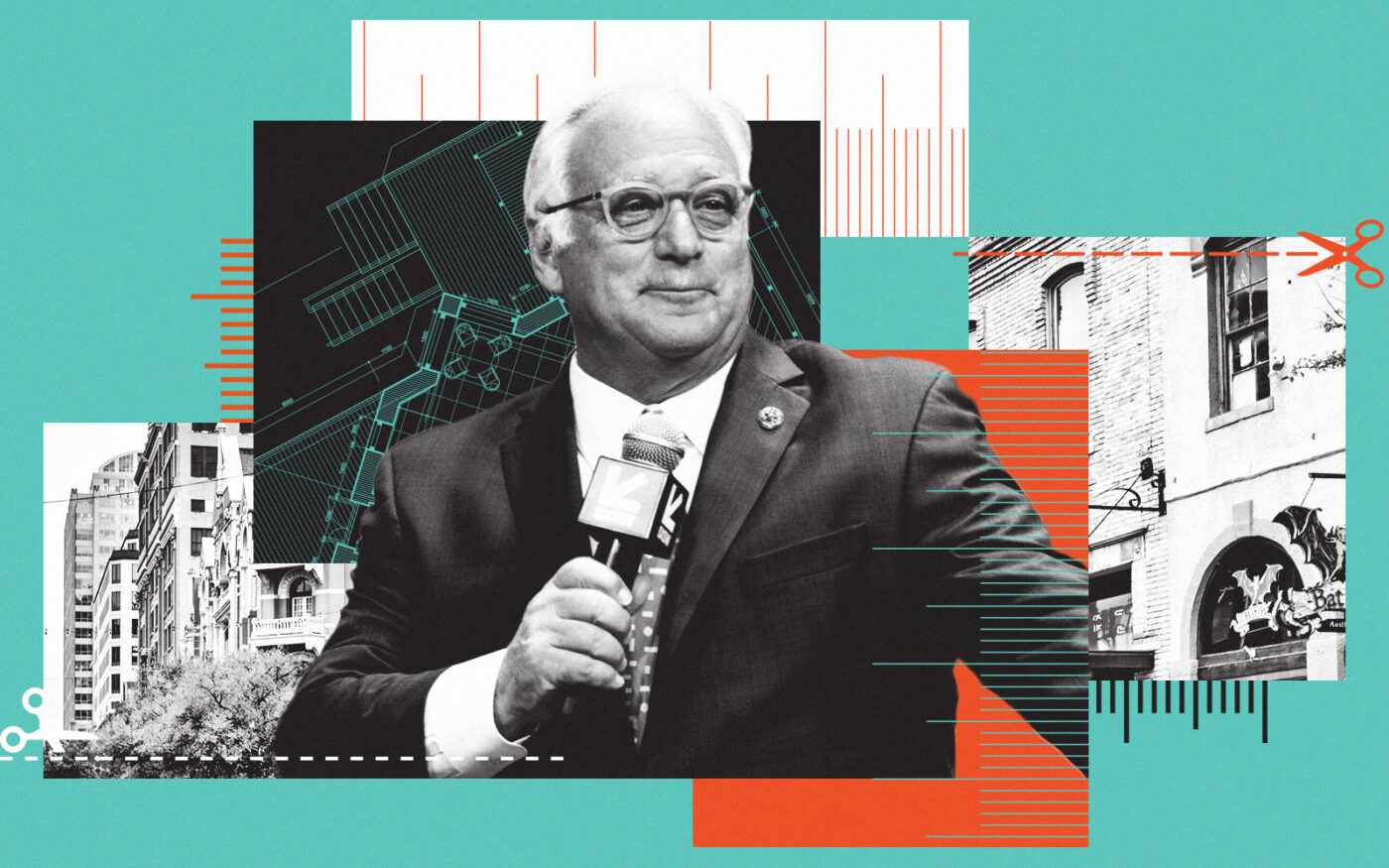 Austin looking like YIMBY City
Austin looking like YIMBY City
Austin could slash home costs with code rewrite
HOME Initiative aims to spur development of starter homes amid housing crisis

It’s a weird time to be a YIMBY in Austin.
On the one hand, the city’s development code and permitting process are far stricter than those of Dallas or Houston. This week, a court blocked what would have amounted to a $350 million development incentive to increase walkability in Austin’s developing South Central Waterfront neighborhood.
But on the other hand, Austin has shown more urgency than others in trying to cut all that red tape. The City Council passed a suite of reforms late last year meant to encourage housing development and remove barriers to building.
Some of the most significant reforms passed last year in what the city calls the HOME Initiative. Once the plan is adopted in the city code, developers will be able to build three homes on almost any single-family lot in the city.
As it looks to turbo-charge development, the City Council is also looking at reducing minimum lot sizes. At present, the smallest single-family lot in the city must be at least 5,750 square feet. The Council is considering dropping that to 2,500 square feet or less, a move that would greatly expand the number of lots where developers can build homes.
If all this feels a little inexact, you’re not alone. The Austin Board of Realtors crunched the numbers to figure out exactly how much developers and home buyers might save if the city reduces the minimum lot size.
The median home sold in Austin last year cost $540,000. But land acquisition costs make up 15 to 20 percent of the total home cost, according to the report. If that home were built on a 2,000-square-foot lot instead of a 5,750-square-foot lot, it could sell for $477,300, a $62,700 saving, the trade association reasons.
One way of viewing the numbers suggests that by allowing owners of large lots to subdivide them, Austin could increase its supply of lots, thus lowering the price of a lot. But by increasing the amount of homes that can be built on one lot, the code would also make that lot more valuable. That could mean greater costs for land acquisition, which would filter down into higher home prices.
Research on the issue is limited, but a review from the Mercatus Institute found that minimum lot sizes increased costs and decreased property values.
Even if the city adopts these changes, it may take a while for it to impact bottom lines. “While reducing the minimum lot size is a step in the right direction, Austin will not see the desired impacts of this change on housing affordability without also improving the City’s subdivision process, development review and permitting process,” the report reads.
Read more
 Austin looking like YIMBY City
Austin looking like YIMBY City
 YIMBYTown comes to Austin
YIMBYTown comes to Austin
 The political battles shaping real estate this year
The political battles shaping real estate this year
The proposal to cut minimum lot sizes comes after phase one of the HOME Initiative, which allows developers to construct three homes on a single-family lot. So far, the city has received 43 applications from developers under the HOME program, with nine aiming to build three units on a single lot, according to city spokesperson Erik Johnson.
Austin Architect Dick Clark + Associates is giving it a run on a site in East Austin, where the firm owns about 8,700 square feet at 717 Prospect Avenue. The property is used for parking and a garden, but the company plans to build two 1,350-square-foot homes and one 1,600-square-foot house on the lot.
For those worried about what this could mean for Austin’s culture, don’t fret: Each house will still have its own driveway.




